Contents
Steel is a popular material for sheet metal fabrication. Galvanized steel refers to the galvanized treatment on the steel surface. Let’s take a look at the overview of galvanized steel, covering its definition, appearance, properties, advantages, etc. We’ll also dive into how galvanization works and what are the different types of steel galvanization.
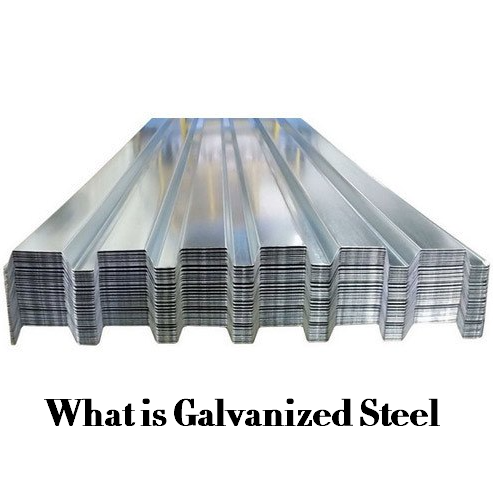
What is Galvanized Steel?
Galvanized steel refers to ordinary carbon construction steel, which can effectively prevent steel corrosion and rust after galvanizing such as electro galvanizing and hot-dip galvanizing, so as to prolong the service life of steel. It is generally used for building exterior walls, such as glass curtain walls, marble curtain walls, and aluminum curtain walls as columns and stress-bearing materials, or for outdoor telecommunications towers, highways, and other open-air buildings.
What does galvanized steel look like?
Holding a piece of newly galvanized steel, you would see a bright, shiny metallic finish, which is a fresh zinc coating that reflects light, giving it a somewhat glossy appearance. You’ll see a unique crystalline or spangled pattern on the surface, these spangle patterns are formed due to the crystallization of zinc during the hot-dip galvanizing process when the steel is withdrawn from the molten zinc bath. Over time and exposure, as the zinc coating weathers, this surface would mature to a more subdued gray with a smoother appearance.
The texture of galvanized steel can vary. It can be relatively smooth if electro-galvanized or might exhibit a rougher texture if hot-dip galvanized, especially where the zinc has crystallized into larger spangles.
Advantages and benefits of galvanized steel
Galvanizing the metal can make it corrosion-resistant. Without a protective zinc coating, steel will always be exposed to elements and will oxidize and corrode faster. In terms of corrosion prevention, galvanized steel is an economical and effective alternative to austenitic stainless steel, aluminum, and other materials.
– Corrosion Resistance: Galvanized steel has a protective zinc coating that prevents corrosion, making it an ideal choice for applications exposed to moisture and air.
– Durability: Galvanized steel is highly durable and can withstand harsh environments.
– Low Maintenance: The zinc coating on galvanized steel reduces the need for frequent maintenance, repairs, and replacements, resulting in cost savings and reduced downtime.
– Cost-Effective: Galvanized steel is often more cost-effective than some other materials, such as stainless steel or aluminum.
– Sustainability: Galvanized steel is recyclable, reducing waste and environmental impact.
– Widely Used: Galvanized steel is used in a wide range of industries, including construction, automotive, agriculture, and consumer goods.
– High Strength: The galvanization process will not impact the tensile strength of the underlying metal, galvanized steels have comparable tensile strength compared to the original steel.
Properties of galvanized steel
Abrasion resistance: good
Corrosion resistance: good
Weldability: weldable
Paintability: yes
Recyclability: yes
Toxicity: no
Density: 7.8 g/cc
Tensile strength: 510-600 MPa
Hardness: Rockwell B 74
Young’s modulus: 210 GPa
Will Galvanized Steel Rust?
Yes, but the lasting time is different based on the environment. Galvanized steel is steel that has been coated with a thin layer of zinc to protect it from corrosion. The zinc acts as a barrier and also as a sacrificial anode, so if the coating is scratched, the zinc will corrode before the steel starts to rust. The longevity of the protection offered by galvanization depends on the environment to which the steel is exposed.
1) In water
In freshwater, galvanized steel performs well, especially if the water is non-acidic and low in salts. It can resist corrosion in fresh water for a long time, but it’s not immune to rusting. The corrosion rate is slow, and the coating may last for 10-20 years or more.
2) In salt water
Galvanized steel is less durable in salt water due to the aggressive nature of salt, which accelerates the corrosion of zinc. The corrosion rate is faster, and the coating may last for 5-10 years or less. Galvanized steel in seawater is highly susceptible to corrosion and rust faster. Frequent inspection and maintenance are required if galvanized steel is used in marine environments or coastal areas where salt spray is prevalent.
3) In concrete
Galvanized steel used in concrete, such as in the form of rebar, generally shows good resistance to corrosion because concrete is a highly alkaline environment. The alkalinity of concrete helps to stabilize the zinc layer, reducing its corrosion rate. However, cracks in the concrete can expose the steel to water and oxygen, potentially leading to rust if the zinc layer is compromised. If the concrete is of high quality, and the galvanized steel is properly coated, the corrosion rate can be slow, and the coating may last for 20-50 years or more.
4) In the ground (soil)
The performance of galvanized steel in soil highly depends on the type of soil and its moisture content, pH, and conductivity. In general, the corrosion rate is slower in dry, well-drained soils and faster in wet, acidic soils. The coating may last for 10-30 years or more.
5) Under industrial conditions
Industrial environments often contain a variety of corrosive agents, such as chemicals and acidic vapors. Zinc can be quickly corroded if exposed to strong acids or bases or to environments where corrosive gases are present.
How Does Galvanization Work?
There are many ways to protect metal by galvanizing. First, it forms a protective coating that separates the metal from its surroundings. The zinc layer prevents water, moisture, and other elements in the air from corroding the steel. If the zinc coating is scratched carelessly, and the scratch is very deep, the metal is exposed and easy to corrode.
When two metals with different electrochemical compositions contact the existing electrolyte, electrical corrosion will occur. According to the atomic structure of two metals, one is the anode and the other is the cathode. The rate of anodic corrosion is faster than its own corrosion, while the rate of cathodic corrosion is slower than its own corrosion. Zinc is used for galvanizing because it acts as an anode when in contact with many different types of metals. Since the zinc coating in contact with the base metal is usually an anode, the corrosivity of the base metal or cathode is slowed down.
Types of Steel Galvanization - Types of Galvanizing Methods
1. Hot Dip Galvanizing
As the name suggests, it involves immersing the base metal into the molten pool of zinc. First, the base metal must be mechanically cleaned, chemically cleaned, or both. This ensures a good bond between the base metal and the zinc coating. After cleaning, the matrix metal is dissolved to remove any residual oxides. The matrix metal is then immersed in the heated zinc solution to form a metallurgical bond. The advantages of this method are economy, speed, and complex shape. However, the resulting coating may not be consistent with other galvanizing processes.
2. Pre-Galvanizing
Pre galvanizing is very similar to hot-dip galvanizing but is usually carried out on materials that already have a specific shape. One advantage of this method is that large coils can be rapidly galvanized with a more uniform coating than hot-dip galvanizing. The disadvantage is that once the manufacture of pre-galvanized metal is started, there will be exposed uncoated areas. This means that when a long sheet is cut to a smaller size, the edges of the cut metal are exposed.
3. Electro Galvanizing
Electro galvanizing, different from the previous process, electro grinding zinc does not use the molten pool of zinc. Instead, the process uses the current in the electrolyte solution to transfer zinc ions to the matrix metal. The advantages of this method are uniform coating and accurate coating thickness. However, this coating is usually thinner than the zinc coating obtained by the hot-dip galvanizing method, which may lead to reduced corrosion protection.
Related Articles:
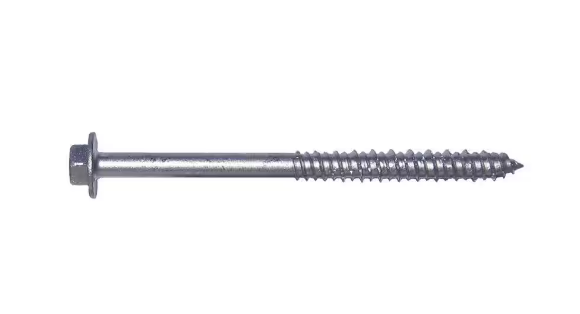 What Is Concrete Screw & When to Use It | Concrete Screw Drill Bit Size
What Is Concrete Screw & When to Use It | Concrete Screw Drill Bit Size
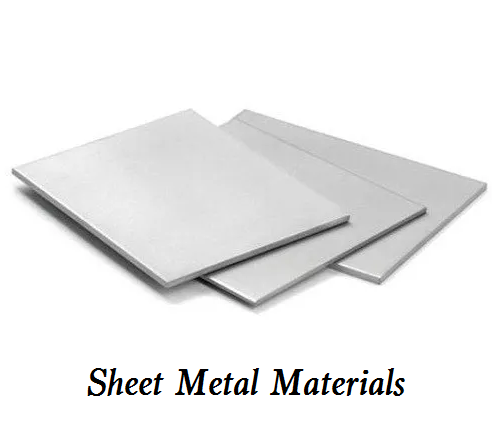 Common Types of Sheet Metal Materials | Surface Treatment Methods for Steel Sheets
Common Types of Sheet Metal Materials | Surface Treatment Methods for Steel Sheets
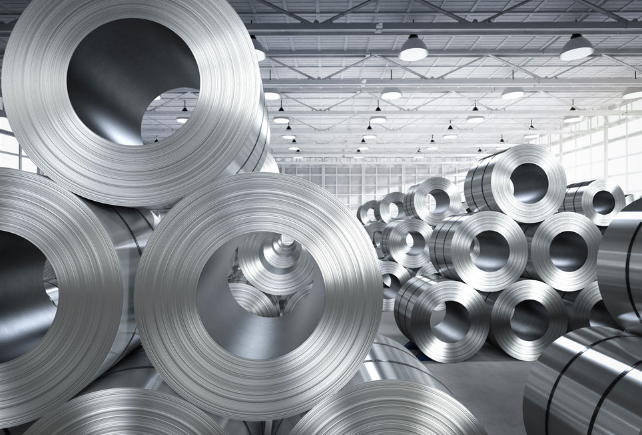 Steel Sheet Metal Fabrication Guide & Overview: Advantages, Finishes, Applications, Types
Steel Sheet Metal Fabrication Guide & Overview: Advantages, Finishes, Applications, Types
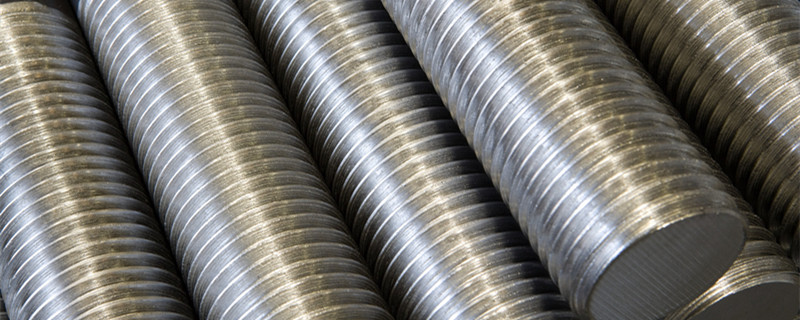 What is Mild Steel: Composition, Properties, Density, Grades, Types, Uses
What is Mild Steel: Composition, Properties, Density, Grades, Types, Uses
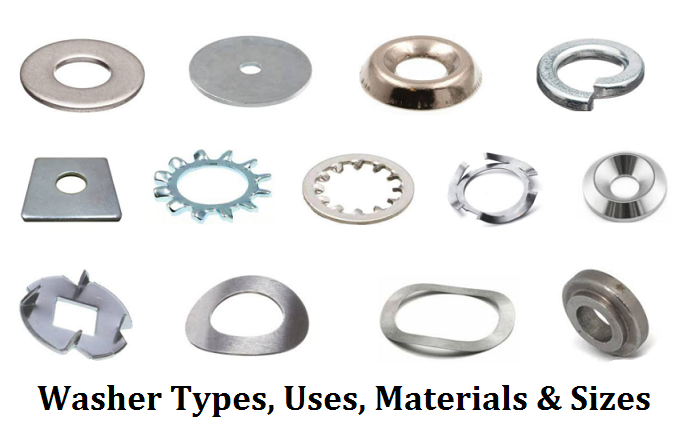 Washer Types, Uses, Materials & Sizes | USS vs SAE Washer
Washer Types, Uses, Materials & Sizes | USS vs SAE Washer
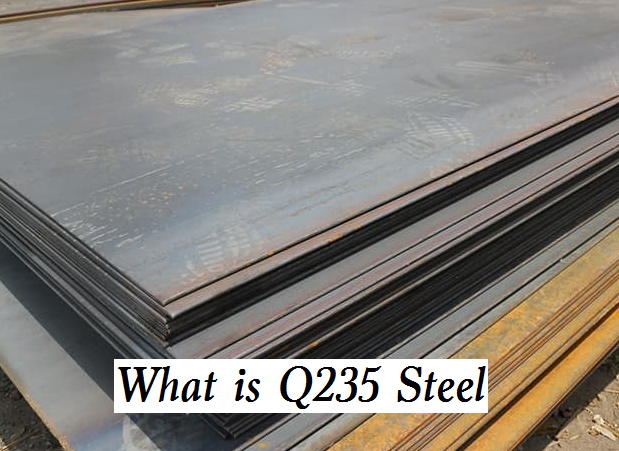 Q235 Steel Material Composition, Properties, Equivalent, Grades & Q235 vs A36 vs SS400
Q235 Steel Material Composition, Properties, Equivalent, Grades & Q235 vs A36 vs SS400

